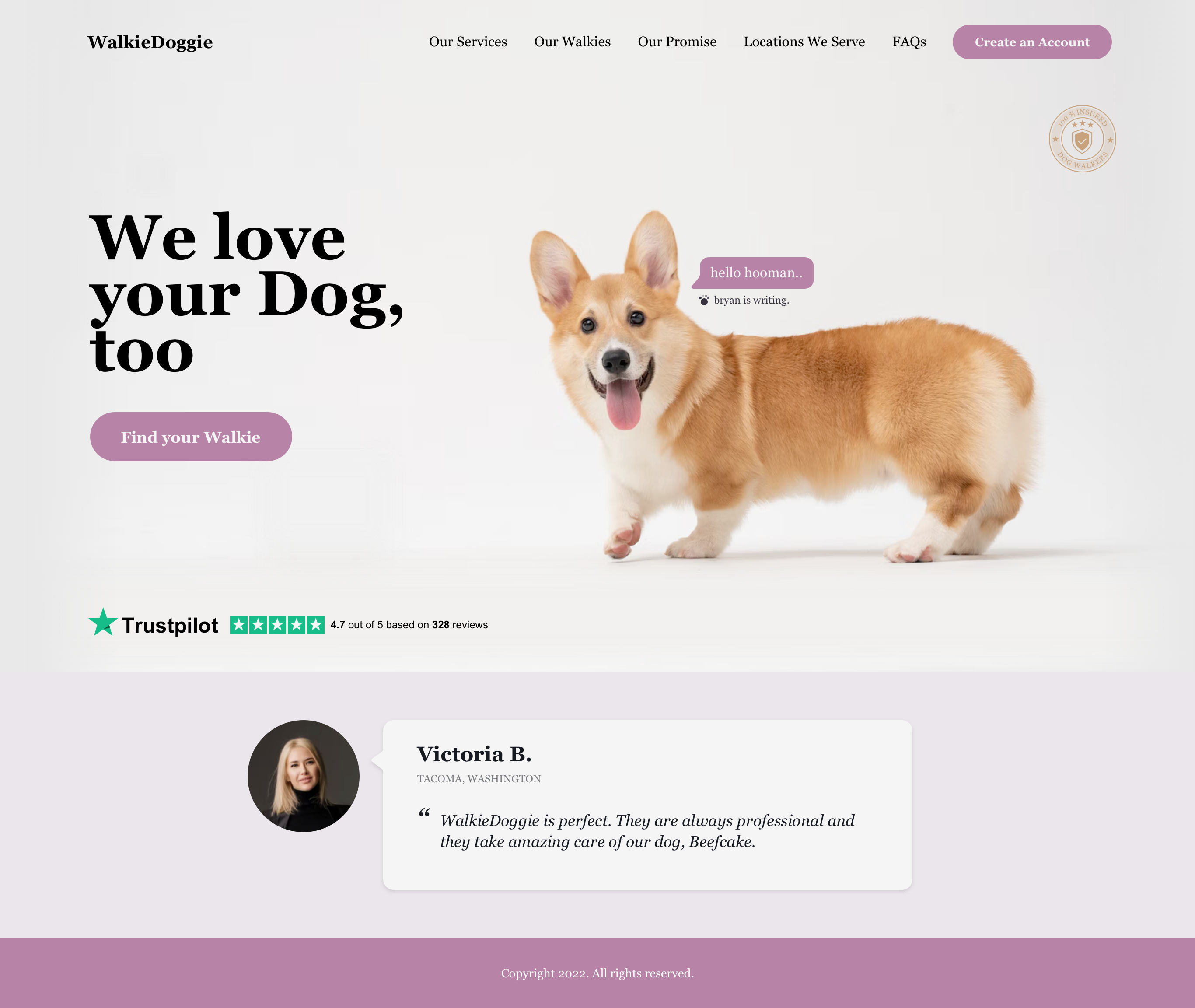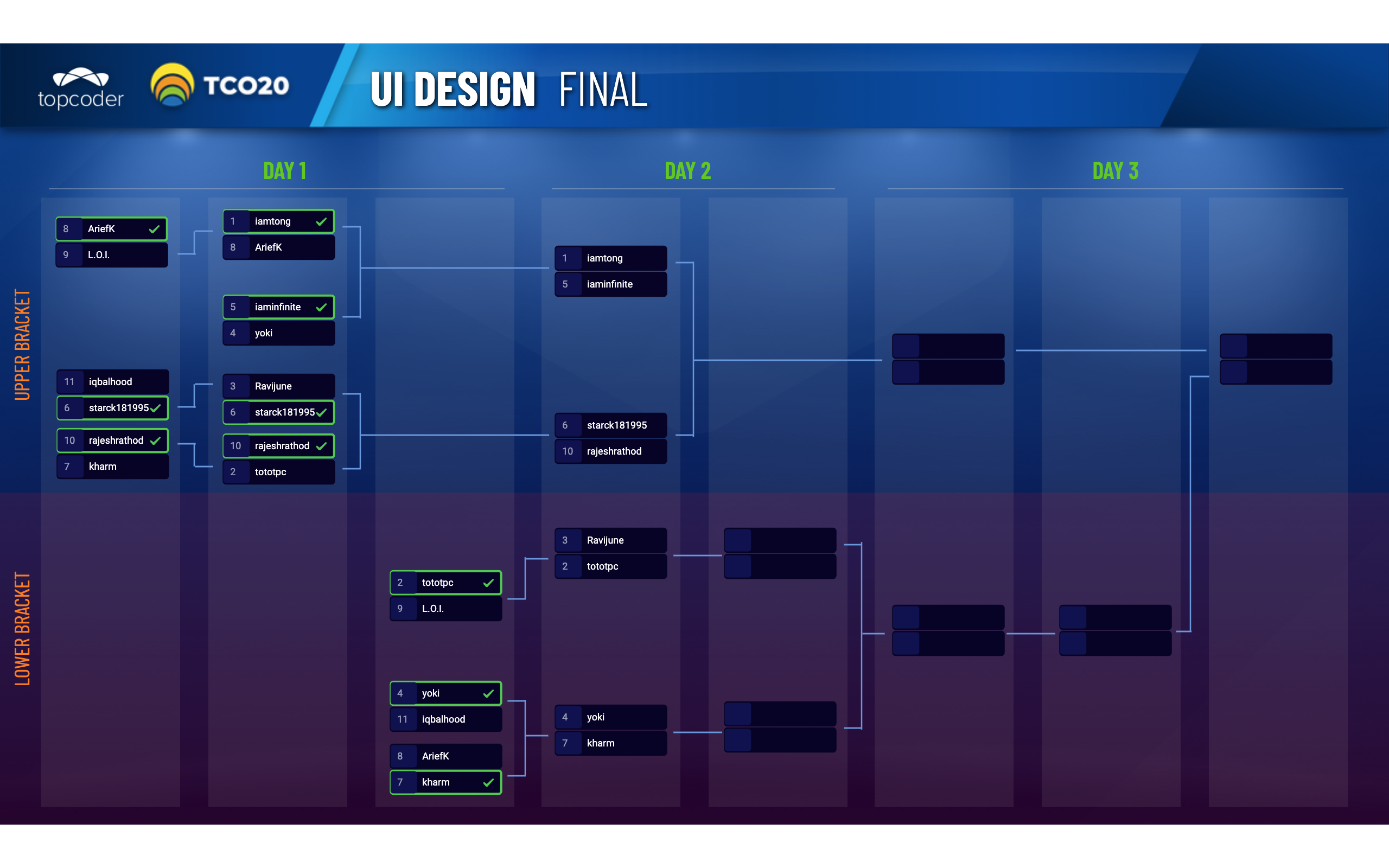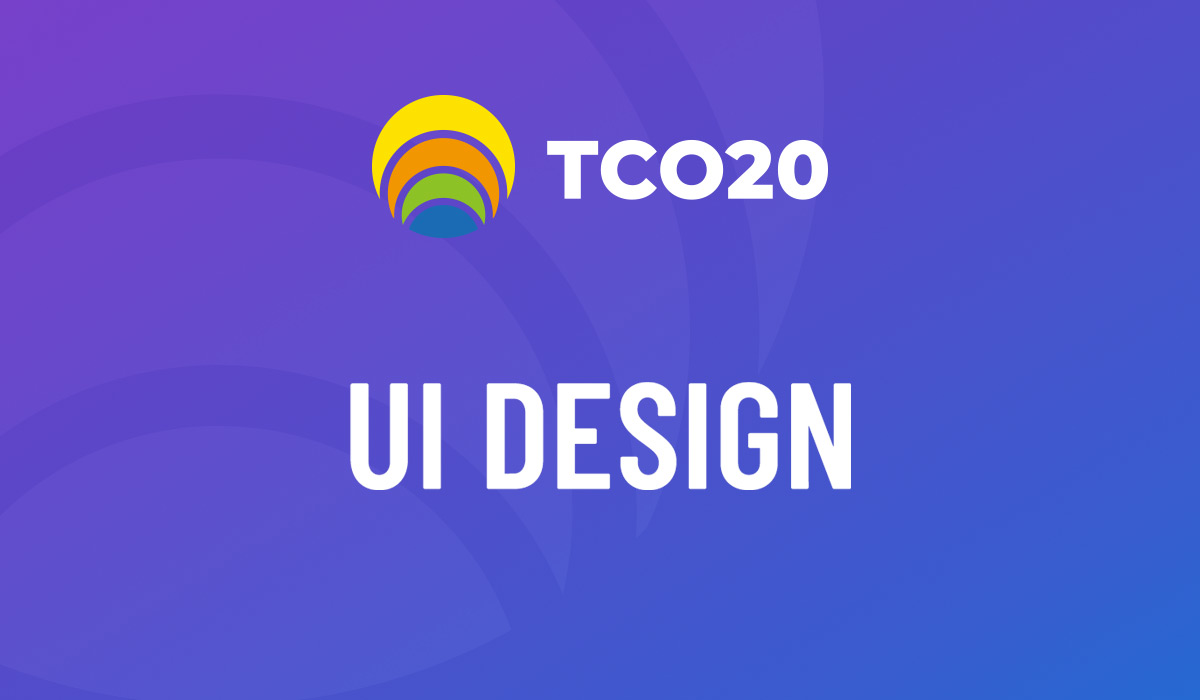May 6, 2019 Designing a Brand Identity
When we think about brand identity, most of the time the things that come to mind are logo design and color usage. A brand identity is that and so much more! Competing on Topcoder challenges doesn’t give us the opportunity to design brand identities so often, but for a well rounded designer, this knowledge is a must.
A brand identity refers to all the elements a company deliberately uses to create an image to a customer; it’s how it looks, speaks and feels to a customer. It’s those items that make your brand easily recognizable when associated with the company’s products or services. It’s a way to stand up between different competitors on the market and create a unique experience that would encourage customers to engage with your company. Some companies have elevated the branding to an art – think of Apple, Adidas, Levi’s, etc., who deliver products that the customer are happy with thus creating a strong brand identity. Once a customer is happy with your product, that will build recognition and loyalty.
How to develop a brand identity for your customers
First, you have to understand your customer well: what is their mission and their values, how do they want to differentiate to the other competitors on the market, why did they start the business, what is the message they want to send across, how they want to be perceived.
Next is to consider all personas that will be the target of your branding: the customer with their needs and values, which can be of different demographic and psychographic type and then follows the potential employee as your branding will be used both internally and externally.
The basic blocks who define your identity:
- Logo
- Colors
- Typography
- Photography
- Design System
- Iconography
- Data Visualization
- Brand Styleguide
Logo

The logo is the cornerstone of the brand identity. It’s what makes your company instantly recognizable and it should stand up among competition when it’s first viewed. A great logo would make a long lasting impression, it’s visually appealing and clearly communicates who your company is.
When working on logo design, it’s useful and faster to do several ideas on paper. As you receive feedback and iterate, you can refine it and get to a better version of it. Because you are sketching in black/gray, that will also let you focus on designing a powerful logo which is able to convey your message without the use of colors. The reason for this is that many times, the logo will be used in black or white.
Once you are happy with the results, you can move further and play with colors. Depending on the company’s services and area of interest, you will have to select specific colors. In general it’s good to use no more than 2 primary colors.
Color Palette

Next step is defining the color palette. It’s a well known fact that colors have different psychological effects over people and determine how your brand is perceived by an audience. Here is what the main colors stand up for:
Red: excitement, passion, loud, youthful, power.
Orange: high energy color which represents warmth, enthusiasm, friendliness.
Yellow: color of sun and shows happiness, optimism, and is associated with success and confidence.
Pink: stays for femininity, tranquility, love and tenderness.
Blue: the most appealing color, shows trustworthy, stability, calm, loyalty.
Green: the color of growth and health, life and nature.
Violet: shows wisdom, reflection, self-awareness, royalty and luxury.
Brown: stands for stability, safety and reassurance.
Gray: is considered to be an unemotional color, that has a stabilizing effect, who shows stability, maturity and reliability.
Black: the color of mystery, power, sophistication and control.
Typography
Typography refers to the font families you decide to use for your branding materials (web or print). The font you use are important in the visual language so try not to use more than 2 font families: a brand typeface and a secondary. You can decide their roles based on where they will be used like titles or body typefaces, etc. For the fonts type you can choose from the following categories:
- Serif fonts: it’s the classic typography that makes a brand appear traditional (eg. Times New Roman)
- Sans Serif font: they give a modern feel to your content (eg. Helvetica)
- Script font: they are represented by the handwriting letters, which many times are used for feminine brands (eg. Allura)
- Display fonts: unique fonts with unusual shapes which give a bold statement to a brand.
Photography

When deciding on what photo style you want to use, you should consider if you want to have a vintage or modern look, to have candid photos or more stock photo looking, play with filters and different treatments to find the perfect styling.
Design System
This is one of the areas that many times doesn’t get to be developed well. After the logo, colors and typography are defined many designers stop here. A Design System is a single source of truth that displays all atoms, components and patterns which allow the team to design a product. It shows a visual hierarchy and layout structure that make it easy to visually communicate a message.
Iconography

When choosing the icon style for your brand, one important thing to consider is where it will be used mostly: web, print, brochures, mobile apps, etc. Your iconography can really make your designs stand apart.
Data Visualization
Defining how you would like your graphs to be designed is also part of the brand. Considering the many chart options that can be used, it is good to have a defined style for those in terms of color, look and sizes. Always keep in mind the best practices for data visualization so your data is easy to read by the target audience.
Brand Styleguide
Once you have all the design assets ready, you should make sure they are all in a place where they can be easy to find by any team member or designer, thus you would create a style guide document. This would outline all the items listed above, how to use them and when, which are the brand’s dos and don’ts, so that would ensure consistency for future design work. The branding styleguide can be updated in time as more elements add or change. It can be one PDF document, a simple html page or a short printed guideline, depending on the environment you’re going to use it the most.
Designing a brand identity is a big responsibility, as it will set your customer apart from the competition and will bring added value to their product/ services. Keep in mind all the elements mentioned above to shape a great identity for your customers.

DaraK
Guest Blogger


